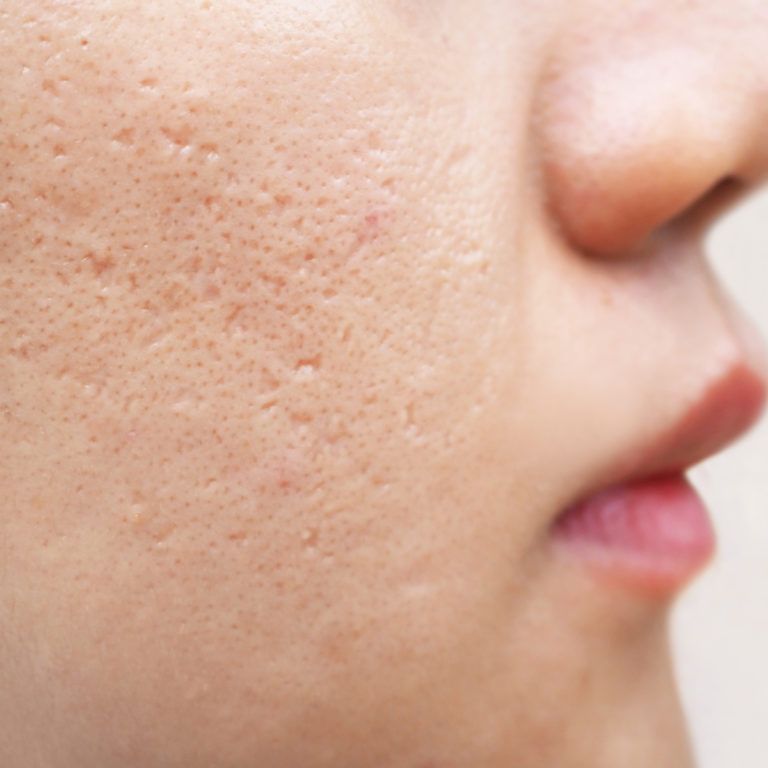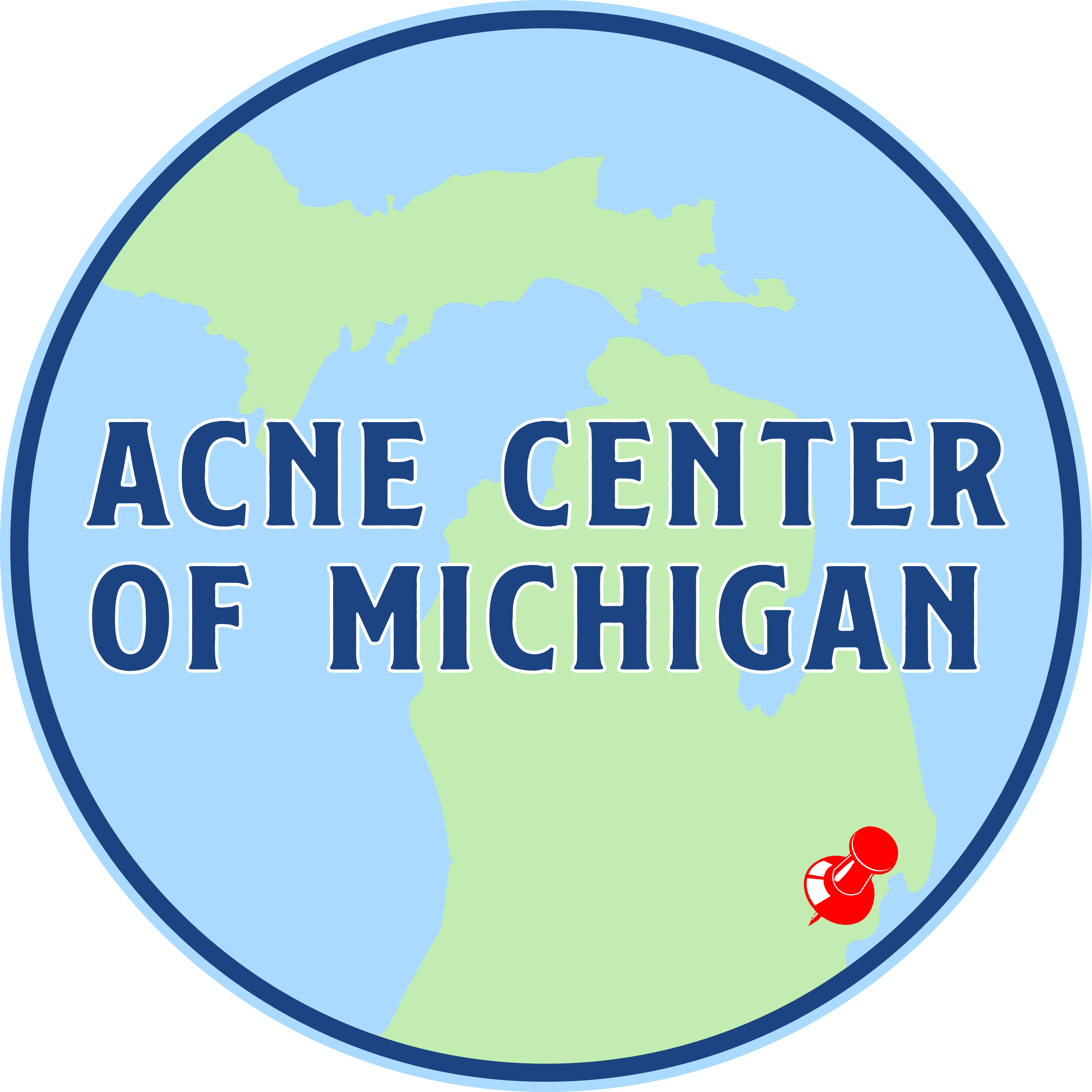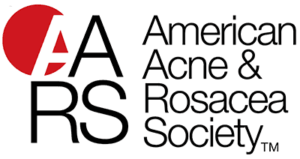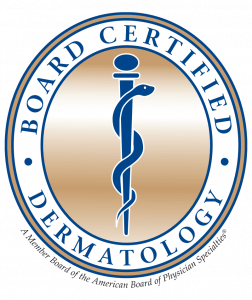

What is CROSS Peel?
CROSS stands for Chemical Reconstruction Of Skin Scars. This is a form of medium/deep peel that is used to treat certain types of "ice-pick" and "boxcar" acne scars. The technique involves placing a small amount of high concentration TCA (85% to 100%) OR 89% Carbolic acid to the desired area. The acid causes destruction of the epidermis and dermis within the scar. New skin regenerates from adjacent hair follicles with production of dermal collagen and glycosaminoglycans over the next several weeks. The stimulation of new collagen helps elevate and improve the appearance of ice pick and box car type of acne scars. CROSS peels are usually combined with other modalities such as erbium fractionated ablative laser in the treatment of acne scars.
Recent studies have indicated that Carbolic acid (AKA phenol) has equivalent efficacy to TCA, with less risk of widening an acne scar.
How many treatments are needed to see results?
Most patients usually require anywhere from 3 to 6 treatments and are spaced 4 to 6 weeks apart.
How long does the procedure take?
The procedure takes between 10 to 20 minutes to perform depending upon the extent of scarring.
Frequently Asked Questions (FAQ)
Is the procedure painful?
There is some mild discomfort but no significant pain. A slight burning/stinging sensation lasts for minutes. No anesthesia is needed.
How long is the recovery after CROSS Peel?
Recovery from TCA cross peel is relatively quick with minimal discomfort. The treated areas frost white for several hours, thereafter turning red for one week. A crust or scab typically forms on day #2 but will fall off spontaneously in a week on average. Full recovery is expected within 7-10 days; however, residual redness may take weeks to resolve. Sun protection is essential during this recovery period. Do not schedule a TCA peel within 2 weeks of a social event.
Can darker skin types be treated with CROSS peels?
Yes. All skin types can be safely treated with TCA or Phenol cross peels; however, darker skin types, such as Latino, Middle Eastern or African-American, have a greater risk of hyperpigmentation. This means that treated areas may be darker than the surrounding skin for months. The use of sunscreen and bleaching creams are essential. It is advisable to avoid any direct sun for 2 weeks before and 2 weeks after, and in addition to pretreat with triple therapy bleaching cream for 1 month prior.
What are the risks of the procedure?
Significant complications are rare. Most scientific studies demonstrate a high level of safety with this procedure. The following complications are possible but rare:
- Persistent redness
- Persistent hyperpigmentation
- Persistent hypopigmentation
- Flare of herpes simplex virus
- Additional scarring
- Keloid formation
- Bacterial infection
What preparations do I need before the peel?
Priming the skin for several weeks beforehand with a topical retinoid (i.e Retin-A, tretinoin, tazorac, adapalene, etc.) is advisable. However, you must stop the retinoid 5 days prior to the peel. Patients with darker skin types should also use a bleaching cream for 2 weeks prior to the peel. Oral Valtrex (to prevent herpes infection) is started one day prior to the peel and should be taken one week afterwards. Direct sun exposure should be avoided 7 days before the peel and 2 weeks afterwards.








